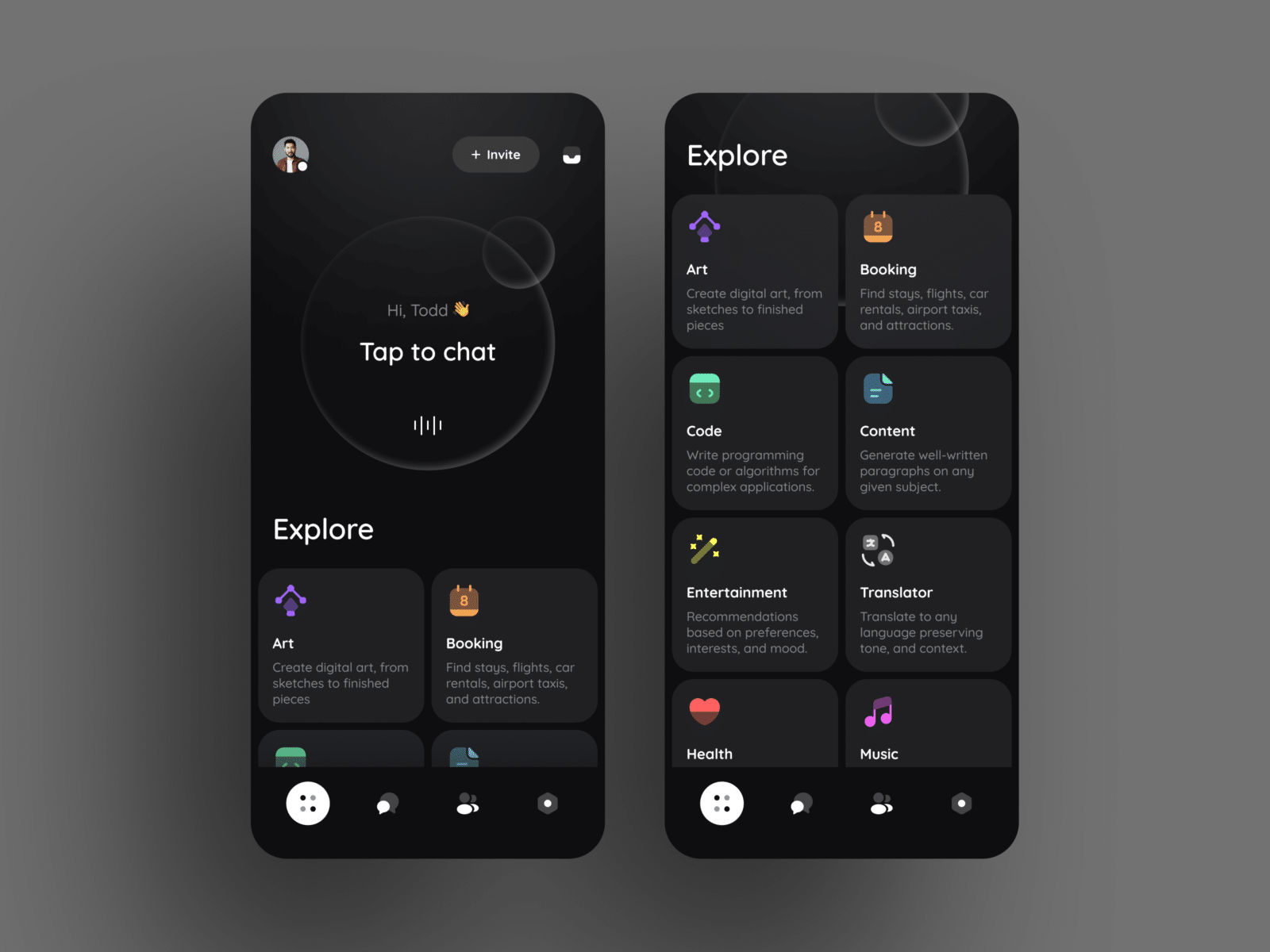Apps have become a commodity. Almost every other person depends on these mobile apps to accomplish some tasks or access a service. The immense popularity of mobile apps is not surprising because mobile devices have become the center of focus for individuals and businesses alike. With billions of people using or having access to mobile devices, businesses and business-minded individuals have taken the advantage to develop apps for almost every other commodity and services you can imagine of. Demand for app funding is thus higher than ever before.
This app development trend has attracted the interest of investors in the field. Maybe you already know that investors in this sector are willing and ready to provide app funding for the development and deployment of worthwhile apps. Maybe you even have an app idea in a given niche but you are short of funds for its ground activation. You know that this is one of the major problems that many startups face. But all is not lost.
There are many real-life examples of apps that have received funding from investors, but the whole process is not as easy as some people think. Granted, you can get sufficient funding to actualize your app idea but know that getting the whole process right to attract such investments is not a walk in the park. It requires commitment, diligence and creativity to come up with a product and pitch that investors respond positively to.
To help you beat the odds, win investor confidence, and the necessary funding, you need to get some basic facts right and respond accordingly. Here we focus on why app investors turn down funding requests and what you can do to boost your outreach chances of getting a great investor.
Why Investors Turn Down App Funding Requests
There are numerous reasons why many app startups are not ready for funding by the time their authors seek these all-important funds. Some of these reasons include:
- Lack of a ready prototype
App Funding agencies will hardly invest in an idea; they need to see the idea in operation. The fact that you invested in your idea and at least did some successful piloting is enough reason to give potential investors some confidence the product you want to introduce to the market. Failure to present a prototype will work against you app funding requirements.
- Relevance (or lack of it)
Investors assess the applicability of your app and look at the size of its potential market. Most importantly, the investor will want to know whether your app offers a solution(s) to any compelling problem for its users. Having some data to support any claims you make concerning the applicability and demand for your app will go a long way in winning investor confidence and getting app funding. In case your app does not address an area that the investors feel will attract sufficient attention, then chances of receiving funding will be minimal.
- An Overcrowded Market
No one can argue with the fact that there are millions of apps in the market today and the number keeps soaring. Some of these apps address the same or similar problems to your app. So the major challenge you might face is coming up with an app that is superior to the rest. In case you are venturing into an already overcrowded market, you’ll have some extra homework to convince the investors why this app requires their attention and investment. They are often overwhelmed by the number of apps fighting for their money and so you need to really come up with something worth their extra attention.
- Navigability
Potential investors want to see how navigable your app is. It doesn’t matter whether yours is the only app in that niche or you are a new entrant in an overcrowded market, the question here is how easy it is to use this app. Granted, your app might look user-friendly to you but is it really user-friendly to your target users? If it’s not user-focused your potential investors will be more than cautious about how well received your app is, and whether their additional investment could improve the user experience substantially. So what should you do?
The answer is simple. Just ensure your app design, user interface and experience is as simple as it can possibly be. Why not include some helpful instructions and a tutorial in your app? You can even opt to use UI patterns that are already incorporated in Windows, Apple and Android products since users are most likely well acquainted with them. This will go a long way in convincing the funding agencies that you are ready for app funding and that your app will pose zero or minimal challenges to the targeted users.
- Device Compatibility
Potential investors are aware of the many operating systems in existence today. They want to provide app funding to an app that is compatible with as many operating systems as possible. This ensures that your app has as wide of a coverage and usage as possible. You have to pay attention to numerous limitations like screen resolution, OS requirements, screens with and without notches, and other related factors. For example, Android and Apple products have very different operating systems requirements. The only way to deal with this challenge is by focusing on building a responsive designing.
- Lack of a Development Plan
Lack of a development plan can kill your chances of receiving app funding. Securing the funds is not the end, but rather the beginning of a tough journey of pushing the app into the market and upgrading it to meet the ever-changing consumer needs. You need to have a comprehensive and well thought out plan to ensure the app is successful once it enters the market.
On the same breath, it’s important to bear in mind your competition. There are other app developers with bigger budgets and market experience than yours. A well thought out development plan is a big plus for you; it enhances the potential investor’s level of confidence that your app stands a real chance of success in the highly competitive mobile apps market.
- App Performance
Suppose you get all the above right. Is there anything else that can make you fail to secure app funding? Yes. How your app actually performs is an important factor to the end user and your investor. Hardly will anyone fund an app that is prone to annoying bugs or crushes for no apparent reason, or an app that consumes a lot of the device’s battery life. This should be addressed at the design stage to ensure that the app’s performance meets the minimum threshold acceptable to the majority of end users.
Once you’ve taken care of all these potential handicaps, it is time reach out to potential investors and present your proposal for app funding. At this stage, chances are high that you will come across an investor that is willing to partner with you and fund your app.












